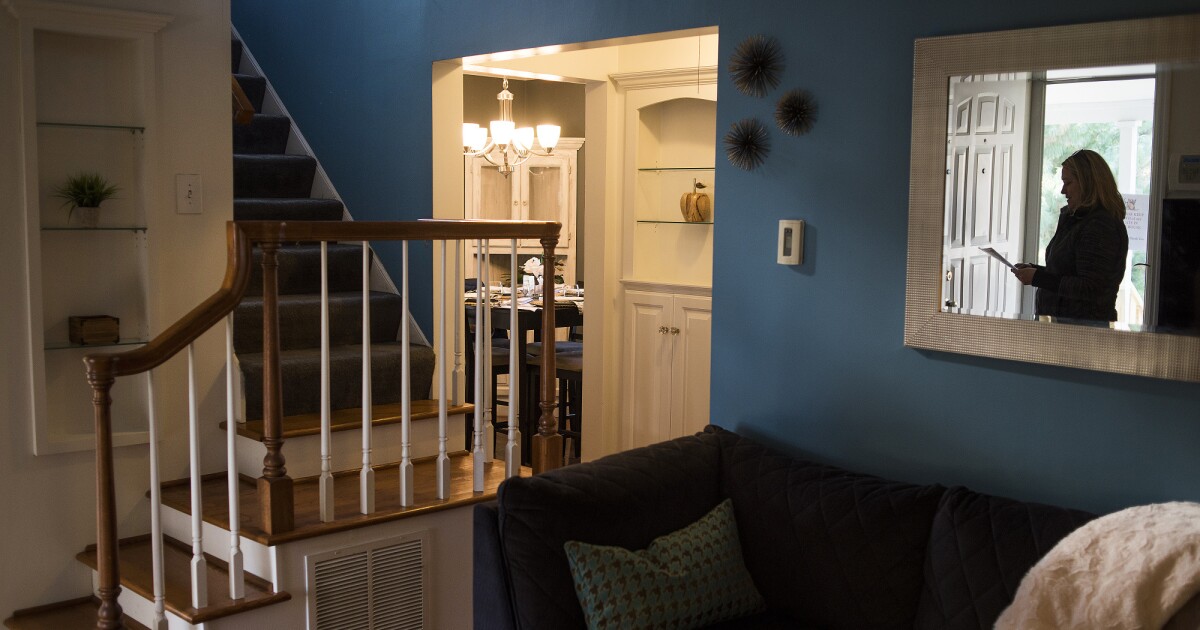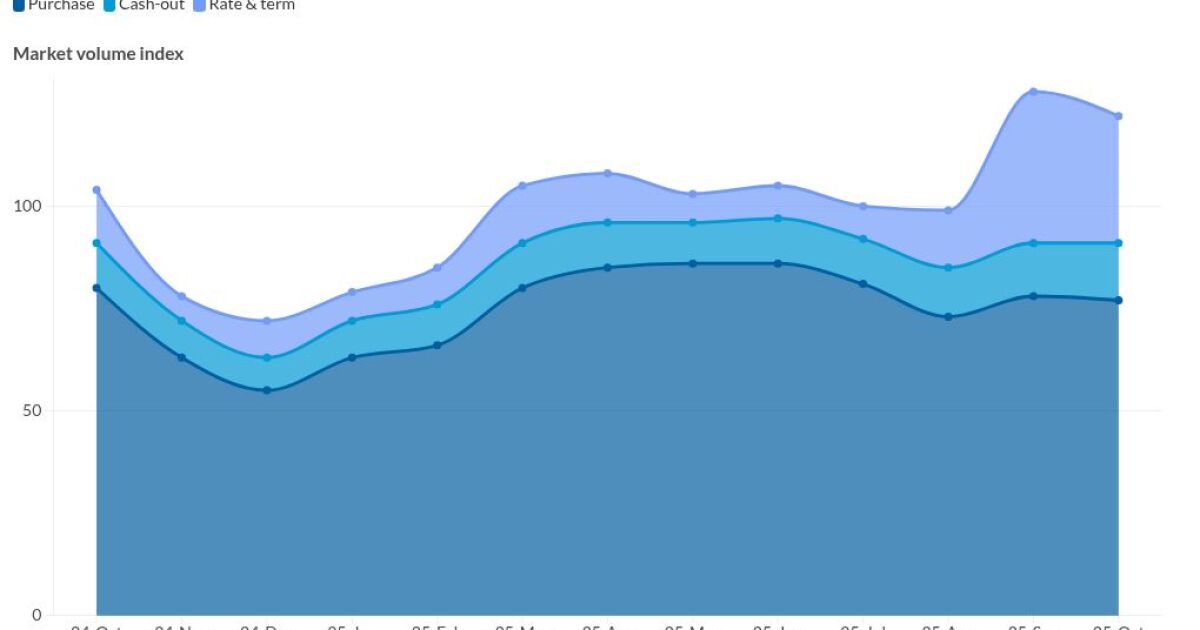
Sales of previously owned U.S. homes declined in August to the lowest since the start of the year, restrained by limited inventory and historically high mortgage rates.
Contract closings decreased 0.7% from a month earlier to a 4.04 million annualized pace, National Association of Realtors data showed Thursday. The median estimate in a Bloomberg survey of economists called for a pace of 4.1 million.
Sales were down 15.4% from a year earlier on an unadjusted basis.
Borrowing costs are now hovering around the highest levels in decades, discouraging existing homeowners — many who previously locked in lower mortgage rates — from moving. The combination of high financing costs, diminished inventory and elevated prices has created one of the least affordable housing markets on record.
The number of homes for sale edged lower to 1.1 million, the smallest August inventory in data back to 1999. At the current sales pace, it would take 3.3 months to sell all the properties on the market. Realtors see anything below five months of supply as indicative of a tight market.
The median selling price rose 3.9% from a year earlier to $407,100, one of the highest readings on record. Since August 2019, prices are up 46%, according to Lawrence Yun, NAR's chief economist.
"Supply needs to essentially double to moderate home price gains," Yun said in a statement. "Mortgage rate changes will have a big impact over the short run, while job gains will have a steady, positive impact over the long run."
A separate report out Thursday showcased the resilience of the labor market. Applications for unemployment benefits dropped to the lowest level since January, and they're now within striking distance of the lowest level in more than half a century.
The NAR's report showed 72% of homes sold were on the market for less than a month. Properties remained on the market for 20 days on average in August, unchanged from July.
Existing-home sales account for the majority of U.S. housing and are calculated when a contract closes. Data on new-home sales, which make up the remainder and based on contract signings, are due next week.



